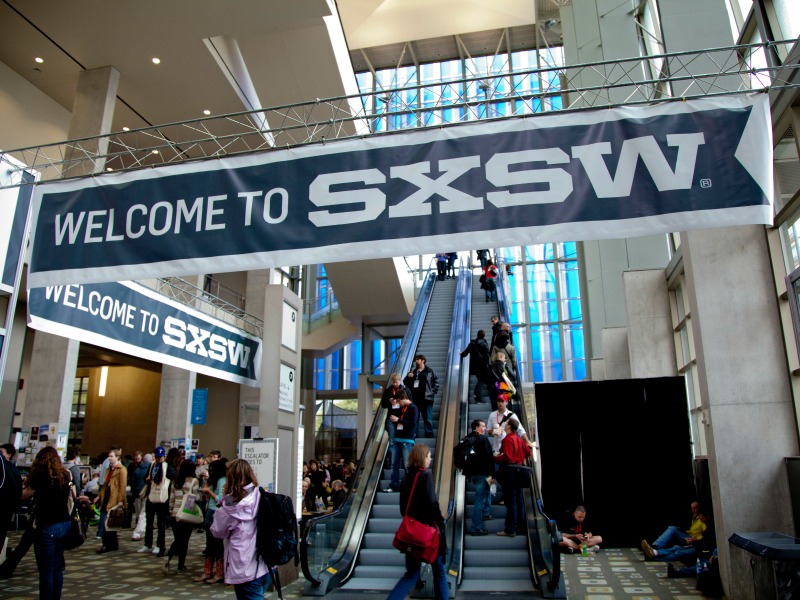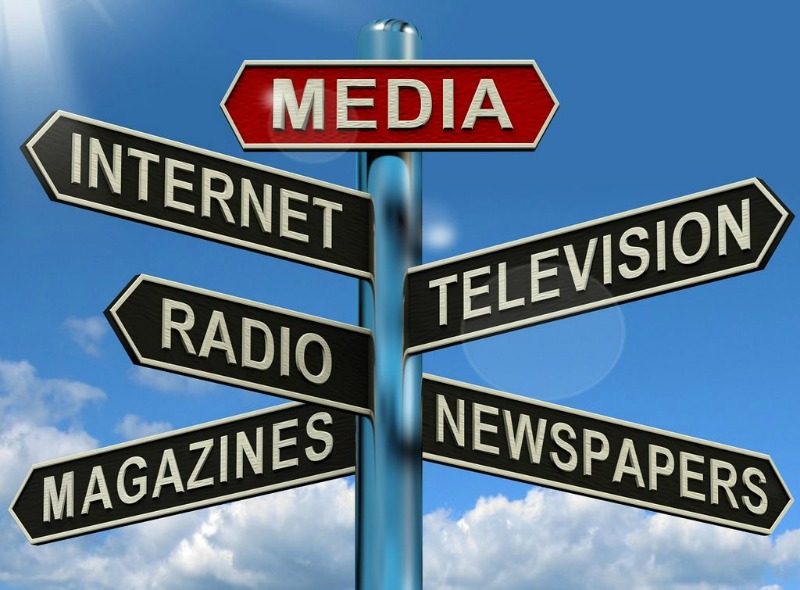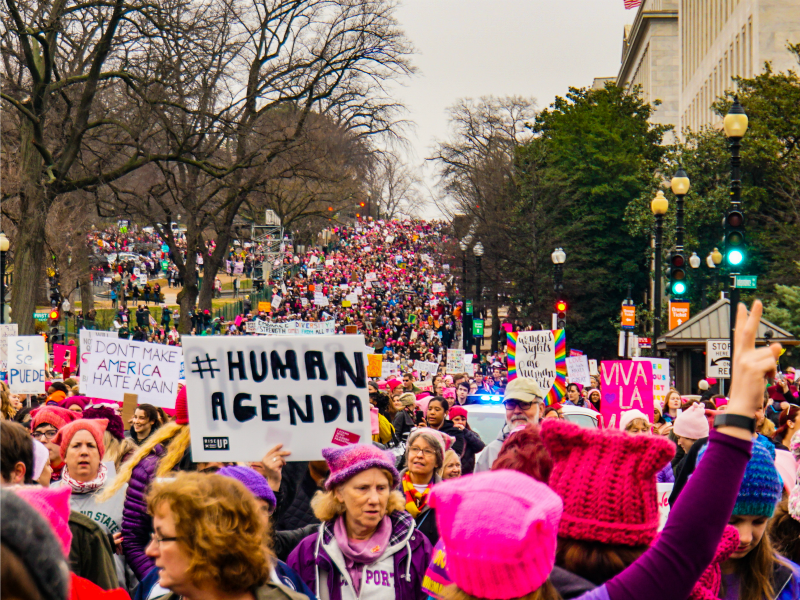Hill+Knowlton Strategies 23 Feb 2016 // 2:54PM GMT

I am not a SXSW veteran. I have not attended for years and watched the ‘steady decline’ of a once vibrant festival. In fact, 2015 was my first year, having watched from afar prior to that, even joining in at some points with the ‘everyone’s tired of the constant chatter about SXSW’ movement (there’s a tongue-in-cheek event in London entitled #notatsxsw that’s actually quite fun).
There are two main reasons for the backlash; first, a lot of the coverage of SXSW is fairly basic, repetitive, and to some of those in the industry who are less kind, it’s a perfect opportunity to have a dig. ‘Oh, how GROUNDBREAKING’ is often the response, heavy on the sarcasm.
My take on this is that yes, some people at the conference (and observing/joining in from other locations) do have a tendency to state the obvious. But honestly, is it that much of a problem? Last time I checked, following someone on Twitter was a choice. And let’s face it, that’s where the majority of the problem occurs. There’s always the mute function as well.
The other motivation for SXSW backlash is plain old FOMO. It’s a stinging bit of jealously for not being there, because let’s face it, Austin is an incredible city, and this converts ever so easily into scepticism.
When I returned from Austin last March, my summary of trends spoke about what seemed to be a conscious refocusing of the schedule (for Interactive at least, the Film programme was at an all-time high). In 2014, a car crash in which a drunk driver killed four people left a sombre edge to the trio of festivals. Following this, the organisers (and city itself) appeared to take stock. They had tried to become everything to everyone, the frenzy around the conference and growth of fringe events had become unmanageable.
As such, for 2015 the city reduced the amount of event permits by 25% and stopped accepting applications earlier than ever. SXSW even paid for a study exploring why this was a good thing; decrease unofficial pop-ups can get out of control, increase official ones with greater police presence. If the secret Nas gig was anything to go by, they stood by their word – it was shut down by 10pm due to overcrowding at the venue.
My first trip last year was an eye opener. It was also my first time attending Cannes, and while I did so at the latter as a speaker, which most definitely skews the experience to be far more positive, I saw very clear, very different roles for both events.
Cannes still attracts the most senior people from agency and client side, in their thousands. If you can’t get time with the right person; chances are you will at Cannes. Need to get a decision maker to commit? You’ll make headway there. It’s also the best place to find real case studies with great results that are working NOW.
SXSW is the place to go and learn about future trends. I saw technologies there that may have already been on the radar of the early adopters - but were for the first time truly brought to life and made viable to use in your next piece of work. I’ve subsequently watched these become more important to brands and marketers throughout the year. From robotics and artificial intelligence, to DNA testing and self-diagnosis through technology, the ever-expanding potential of social listening and a significant focus on purpose-driven brands, these were the focus areas of last year’s conference.
I’m excited to go back this year, with a greater understanding of the landscape and clarity around how to make the most of it. While I think there’s every chance you could get carried away, with a bit of common sense applied, you can focus on the things that really matter. And all that takes is a bit of planning.
By Vikki Chowney, Director of Content and Publishing at H+K Strategies


































.jpg)


.png)
.jpg)











